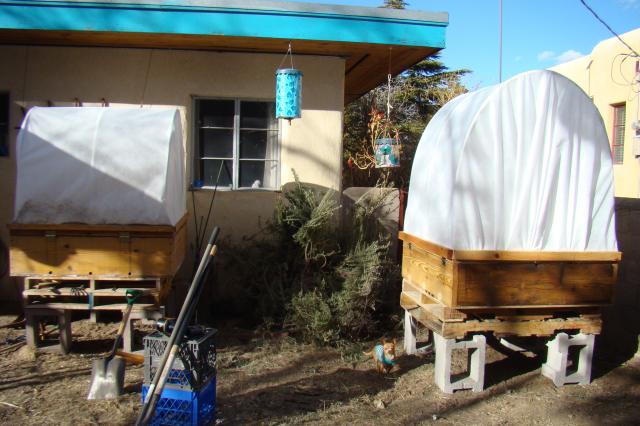desertgirl
Garden Ornament
We do all of our gardening in raised square bed gardens, but ran into problems last year with climbing plants (we have the kind with the "lid" that goes over-see photo). Anyone have any ideas? If push comes to shove I might just conatiner garden the climbers, but wanted to see wht you clever folks come up with first!



